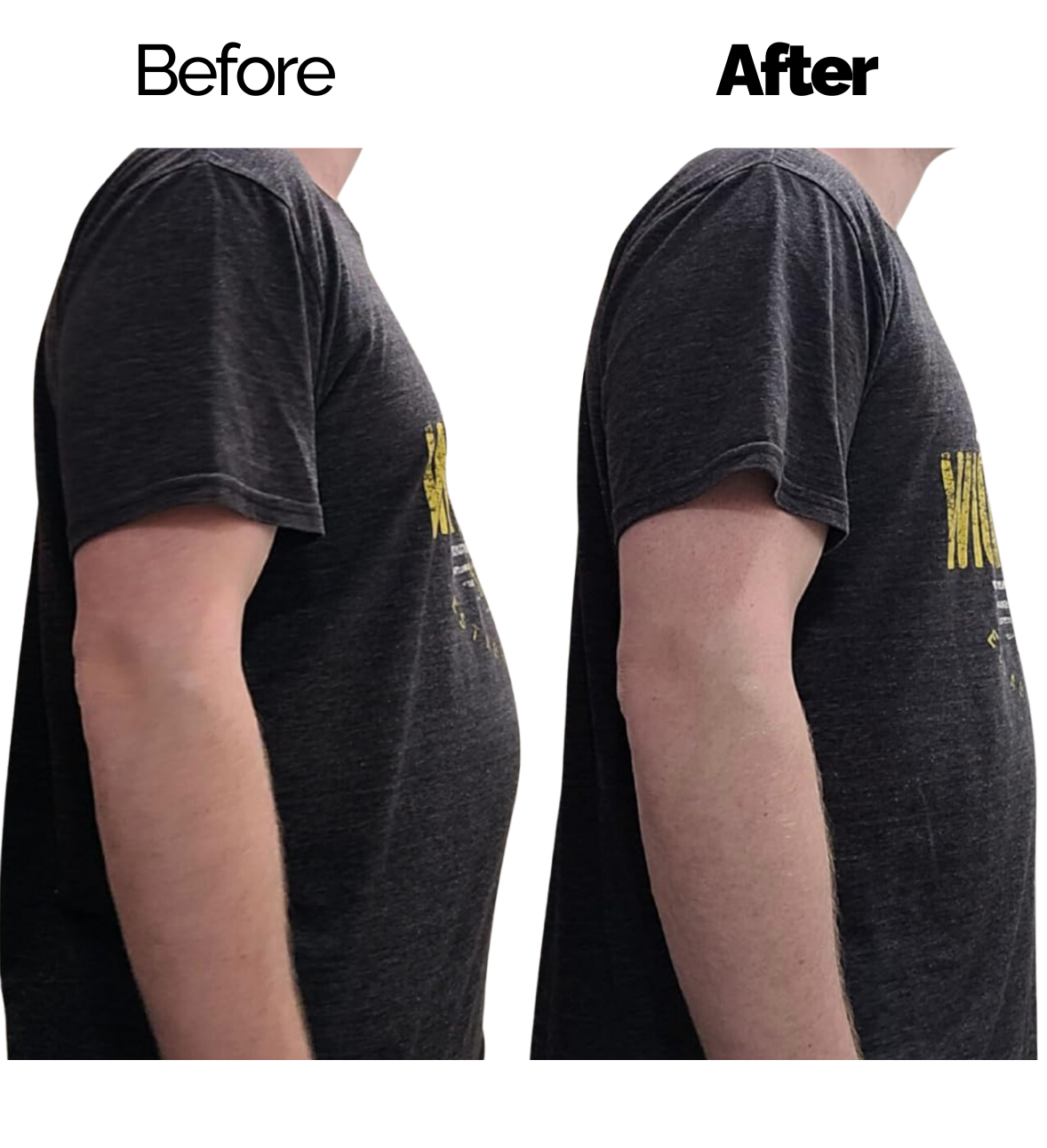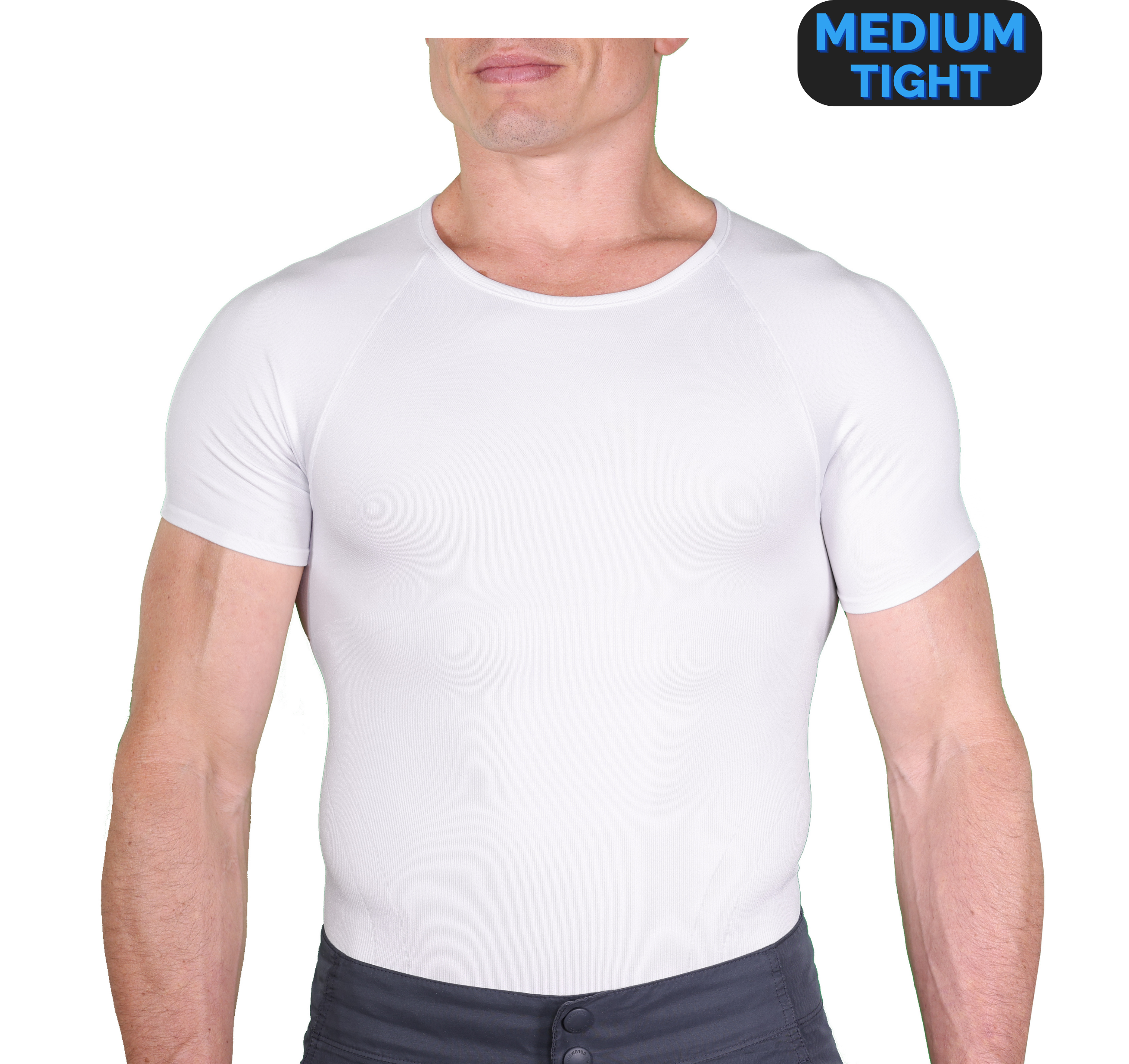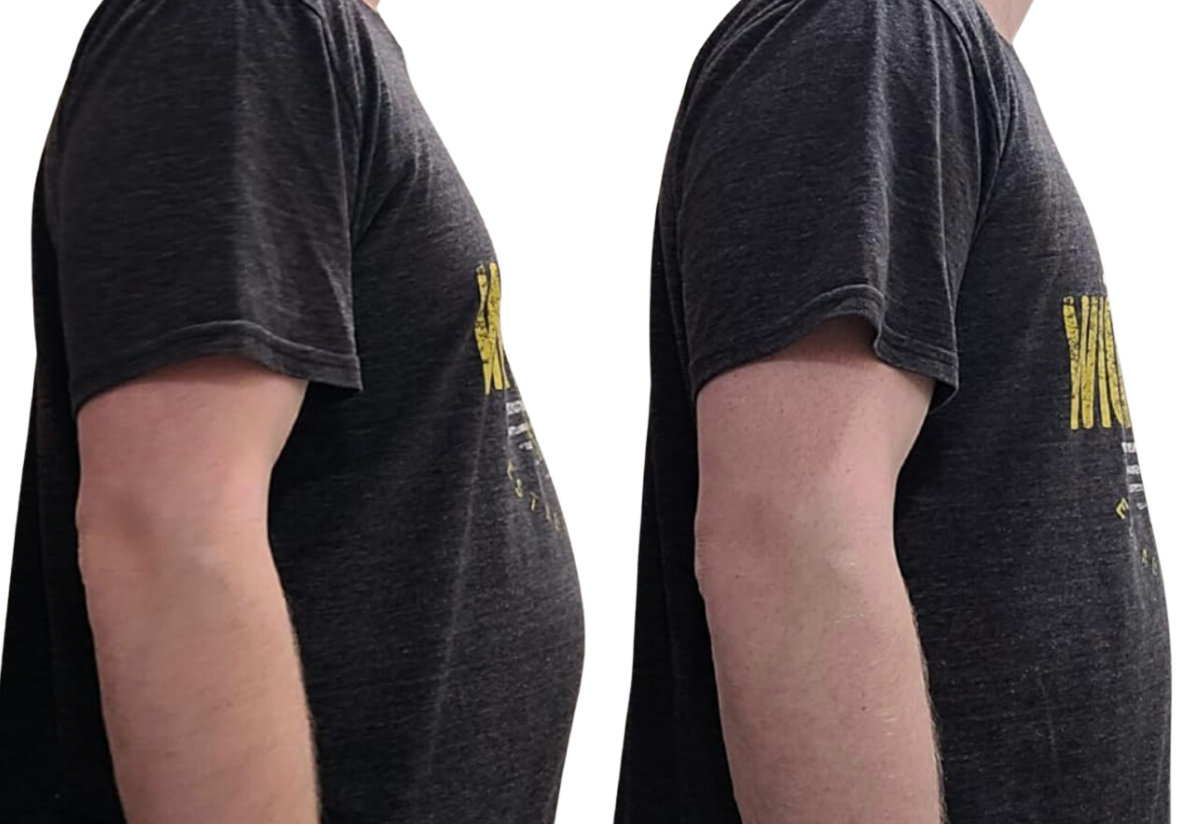Gynecomastia and Pseudogynecomastia enlarge male breasts and impact males of all ages. These conditions don't pose a medical risk, but they have an influence on the mental health of affected men. These men struggle with self-esteem and self-confidence because society looks down on men with female-like breasts.
Gynecomastia and Pseudogynecomastia share the main symptom, but different factors cause them. Doctors treat them using different techniques. This blog post will help you tell the difference between Gynecomastia and Pseudogynecomastia. Let's dive in.
What is Gynecomastia?
Gynecomastia happens when men have too much breast tissue. This extra tissue feels firm and has more fibers than the fat around it. Men can get this extra glandular tissue with or without extra fat. Eating less or working out won't make it go away.
Signs of Gynecomastia
- Breasts look bigger
- Nipples puff up and feel sensitive
- Breasts hurt when touched
- Hard glandular tissue builds up
- Sometimes soft fatty tissue forms under the chest
Reasons for Gynecomastia
Gynecomastia can happen for many reasons such as:
- Hormonal imbalance-Gynecomastia affects most men due to hormone changes. Newborn males develop this condition because of extra estrogen that passes to the baby through the placenta. In newborns, Gynecomastia goes away on its own. Teen boys experience hormone shifts during puberty. These shifts cause testosterone levels to fall and estrogen levels to rise, which makes breast tissue grow. Older men develop Gynecomastia because their bodies produce less testosterone. They also tend to gain more weight, which leads to higher estrogen levels.
- Medications - Some prescription drugs can cause Gynecomastia. Men who take antidepressants, steroids, heart, prostate or ulcer medicines have a higher chance of growing man boobs. Antibiotics or any drugs with lots of estrogen can lead to Gynecomastia.
- Alcohol and drug abuse - Men who drink too much alcohol, which can damage their liver, or those who use cannabis and heroin are more likely to get bigger breasts than men who don't abuse these substances.
Gynecomastia Treatment
Doctors treat gynecomastia with medicine or surgery.
Medications
Pills can fix enlarged breasts in patients whose gynecomastia stems from hormone imbalances. These medicines help to stabilize hormone levels.
Surgery
When medicines don't work, surgery might be the only option left. Gynecomastia surgery is simple, but to get good results and avoid risks, you need a certified gynecomastia surgeon to do the procedure.
Gynecomastia surgery has the aim to remove fat or excess breast tissue. It's a surgery that doesn't require much cutting. The surgery can follow two approaches, based on how severe the gynecomastia is.
When gynecomastia isn't too bad, the surgery uses liposuction to take out extra fat cells. The doctor makes a small cut in the areola area to do this. For severe Gynecomastia, the doctor makes a cut along the lower areola. They then use stitches to close it after they've taken out the extra gland tissue.
What is Pseudogynecomastia?
Pseudogynecomastia has an impact on male breast size due to fat build-up. "Pseudo" means not real; thus, we can describe Pseudogynecomastia as not real Gynecomastia. Pseudogynecomastia affects people with obesity because they have extra fat deposits around, under, and behind their nipples.
Even though the prefix "pseudo" might suggest that Pseudogynecomastia isn't a big deal, it hurts men's self-esteem and confidence just as much as Gynecomastia does.
Symptoms of Pseudogynecomastia
- Breasts that look like female breasts
- Soft fatty tissue under the chest
Pseudogynecomastia Causes
Obesity- Extra fat buildup has a big impact on pseudogynecomastia. Men with this condition have lots of fat on their chest. This fat piles up to create breast-like shapes that look female.
Pseudogynecomastia Treatment
Doctors can treat pseudogynecomastia . Patients just need to shed some pounds. Here are some ways to treat pseudogynecomastia:
Weight loss
A mix of changing your eating habits and working out regularly can help you shed pounds and get rid of man boobs. To get the best outcome, ask a fitness expert to create a diet and exercise plan that fits your specific needs.
Stay away from crash diets as they don't last long, and you'll gain the weight back.
Surgery
For patients with big fat deposits, losing weight by itself might not give them good results making surgery the only workable option. Also, dropping pounds isn't a lasting fix because Pseudogynecomastia will come back if you put on weight.
In these situations, you might think about liposuction, a surgery that removes fat cells from the chest area. If you have a lot of fat, the skin will be very loose after the operation and need tightening.
Wear Compression Shirts
Guys dealing with Pseudogynecomastia can use Esteem Apparel compression shirts to hide their chest fat while they try to get rid of it. These shirts squeeze tight to keep the fat in place, but they're still comfy enough to wear for hours. Just remember, while these shirts make your chest look better, they're a quick fix and won't replace actual treatment.
How to Tell the Difference between Gynecomastia and Pseudogynecomastia
Lots of guys can't tell the difference between Gynecomastia and Pseudogynecomastia because these conditions look very alike. Here's a breakdown of how Gynecomastia and Pseudogynecomastia differ from each other.
GynecomastiaPseudogynecomastiaExcess glandular breast tissue causes enlarged male breastsObesity or significant weight gain lead to fat deposits in a man's chest area, enlarging his breastsA firm, touch-sensitive lump exists under the areolaThe entire chest has soft fat tissue that feels the sameExtra tissue firmness makes the breasts appearFat causes sagging in male chest enlargementDiet and exercise don't remove the tissue. gynecomastia surgery fixes thisWeight loss through lasting diet changes and exercise reduces chest fat
To wrap up
Enlarged male breasts mark Gynecomastia and Pseudogynecomastia making men feel ashamed and embarrassed. The silver lining is that doctors can treat both conditions, but getting the right diagnosis is key. Schedule a meeting with a trusted Gynecomastia surgeon to get a diagnosis and learn about your treatment choices.


























